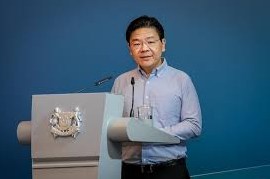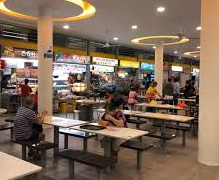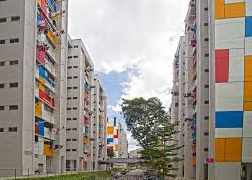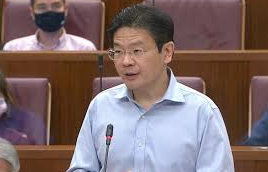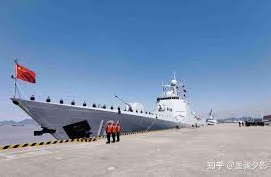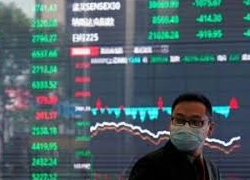“DPM Wong emphasizes the importance of reinvesting returns to preserve the reserves’ long-term value.”
SINGAPORE: Singapore is not “oversaving,” as its national reserves are growing at a rate “barely keeping pace” with the economy, said Deputy Prime Minister Lawrence Wong.
Speaking in an interview for the new CNA series Singapore Reserves Revealed, Mr. Wong addressed misconceptions about the Net Investment Returns Contribution (NIRC), emphasizing that channelling part of the investment returns back into reserves is essential to preserve their value over time.
“If we don’t have anything going back into the reserves, the value of the reserves will diminish,” he explained.
Under the NIRC framework, the government can utilize up to 50% of net investment returns and income from past reserves while reinvesting the remainder to ensure sustainability. However, some opposition parties, such as the Workers’ Party, have proposed increasing the percentage allocated to spending, suggesting a 60% draw to meet recurring expenditure needs.
Mr. Wong defended the current 50-50 rule, stressing its role in ensuring that reserves grow in tandem with the economy. He noted that with Singapore’s economy expanding at around 2% annually, the reserves are “barely” keeping up, even with reinvested returns.
Origins of the 50-50 Rule
The NIRC framework’s 50-50 spending rule originated with former President Ong Teng Cheong, who suggested splitting the income from reserves equally between present and future needs. This rule was implemented in 2001 and later refined in 2008 to account for capital gains and use a calculation based on long-term expected real returns.
Prime Minister Lee Hsien Loong, in a separate interview for the series, affirmed the importance of the 50-50 rule, emphasizing that it ensures fairness between current and future generations.
Singapore’s Role in Reserve Management
The CNA series also provided rare insights into how Singapore’s reserves are managed, including exclusive access to a secret vault where gold reserves are stored.
PM Lee highlighted the robust oversight structure for reserves, noting that senior officials, including the Finance Minister and the President, are regularly briefed. “The Council of Presidential Advisers is also privy to these details and can ask any questions they want,” he added.
Why the Reserves Matter
Singapore’s reserves are managed by three entities: GIC, the Monetary Authority of Singapore, and Temasek. GIC’s latest annual report shows a 20-year real return of 4.6%, up from 4.2% in the previous year.
Mr. Wong illustrated how these returns are split, explaining that if the reserves earn a 4% return after inflation, 2% goes into the budget and 2% back into reserves. This balance ensures the reserves’ long-term value is preserved while providing a stable funding source for the country’s needs.
Addressing calls to draw more from the reserves, Mr. Wong reiterated the need for prudence, stating, “It’s not as though we are oversaving.”
